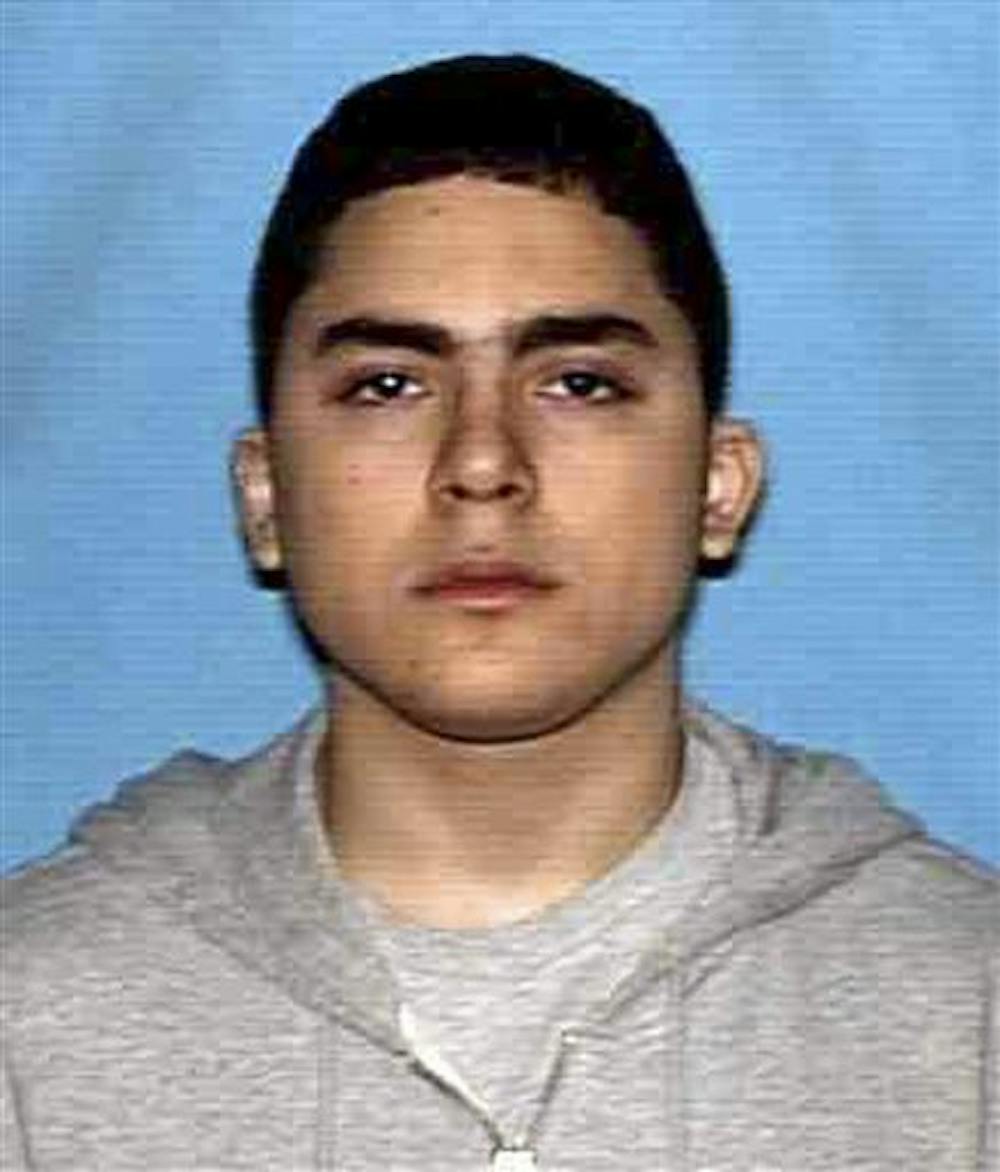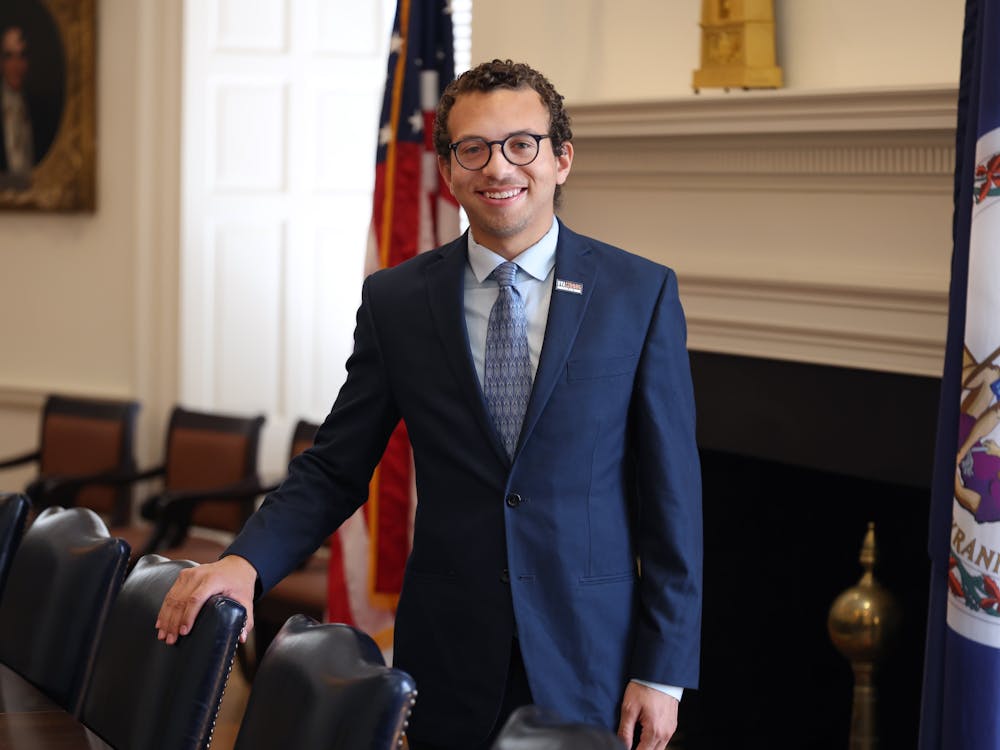At the University of Texas, Austin yesterday morning, a male student wearing a ski mask opened fire with an AK-47 at multiple spots across campus before he proceeded inside a UT library, where he shot and killed himself on the sixth floor.
Police officers reportedly chased the gunman while he was shooting, but "no shots were fired by any members of law enforcement, and [the police] have not identified or found any injured third-parties," said Austin Police Chief Art Acevedo during a press conference yesterday morning.
An official with the Travis County Medical Examiner's office confirmed yesterday afternoon that the gunman was 19-year-old Colton Tooley, a sophomore math major from Austin, Texas.
Until early yesterday afternoon, police were searching for a possible second suspect but ended the investigation around 2 p.m., concluding that the gunman acted alone.
Campus police chief Robert Dahlstrom told the Associated Press yesterday that the initial confusion about multiple suspects was a result of the gunman firing shots in multiple locations.
Tooley began firing the rifle near the Littlefield Fountain - near the site of the UT clock tower, which was the site of a deadly campus shooting in 1966 - around 8:10 a.m., according to a University of Texas press release.
In response, the 50,000-student campus was placed on lockdown yesterday until early afternoon.
At 11:20 a.m., the emergency website read, "The university is closed. The university is locked down. All organized classes for today, September 28, are cancelled. If you are off campus, stay away. If you are on campus, lock your doors and do not leave your building. Law enforcement are searching for a second suspect."
Acevedo said students and faculty followed the necessary protocol in this emergency situation.
"The students did their part," Acevdedo said. "They cleared the streets; they cleared the grounds in a very quick manner."
Students continued to receive automated text messages and e-mails throughout the day from the University of Texas's Emergency Information Center.
University of Texas President Bill Powers, posted on the school's website at 12:06 p.m. that occupants on lockdown in University buildings should "continue to follow instructions from the UT Police regarding when [the occupants] may leave the building."
In an e-mail on behalf of the University of Virginia, Director of Emergency Preparedness Marjorie Sidebottom stated, "Any time there is an incident such as the one at University of Texas, Austin, we look at our own systems."
Sidebottom said the University has multiple warning systems that can rapidly deploy a variety of warning messages, including e-mails, text messages, LCD and LED displays and the Homepage emergency information.
University Police Chief Michael Gibson emphasized that the University of Texas incident demonstrates how crucial it is to "have a wide range of ways to communicate accurate information to members of the community so they can protect themselves."
This is not the first time that the Austin campus has dealt with a shooting. Aug. 1, 1966, yhen-student Charles Whitman ascended to the observation deck of the UT clock tower located in the middle of the school's campus before shooting on passersby on the ground. Whitman killed 16 individuals and wounded 32 others before being taken down by authorities.
The University of Virginia has not seen any incidents of such serious nature in its history. Charlottesville resident Joseph Flasinski entered Gilmer Hall April 10, 1975 with a .22 caliber pistol with two hostages, his estranged wife and a psychology department secretary. Flasinski aimed shots over a hostage's head and out the window at a University police officer, but did not manage to cause any injuries. He later told police officers that he had intended to commit suicide.







